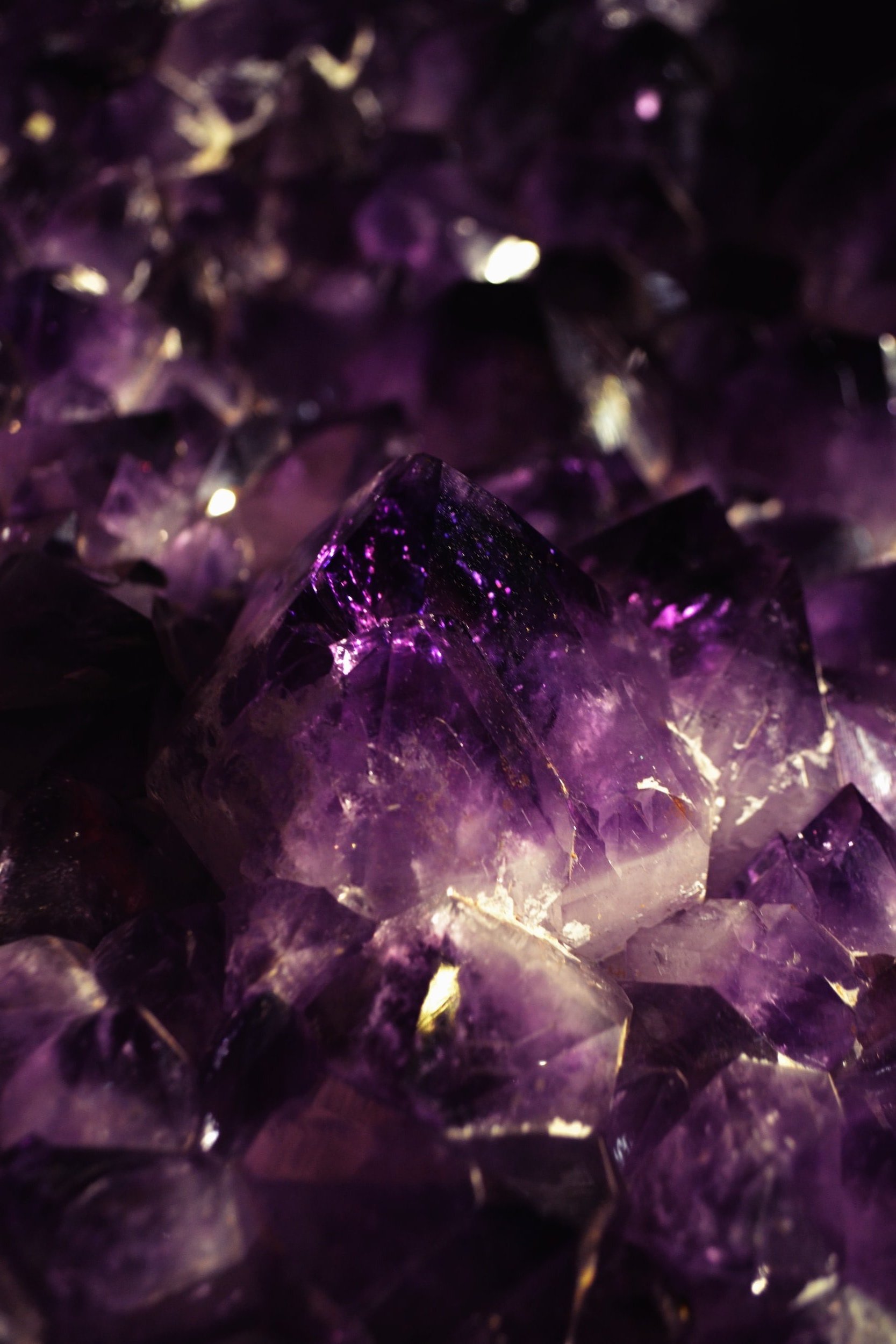What do Snowflakes and Amethyst have in common?
What do snowflakes and Amethyst have in common? Although this sounds like a nice set up to a cheesy joke it’s actually not a joke at all and might just end up being one of your favorite winter conversion starters.
Amethyst is known for taking many, many years to form eye visible crystals and snowflakes only exist for small moments of time but it turns out that Snowflakes and Amethyst have a lot in common and are much more similar than you might think. Both are beautiful wonders of nature but that is not the only thing these two share in common.
In fact, ice is considered to be a real mineral just like Amethyst, the purple variety of the mineral Quartz and February’s birthstone.
Let’s take a look at the requirements to be a mineral and see why snowflakes are minerals too.
Defining Minerals
The Five Basic Requirements:
Must be a naturally occurring element or compound.
Has to have a characteristic chemical formula.
Exists in a solid state.
Formed through inorganic processes.
Has an orderly internal structure.
So do snowflakes meet these requirements?
Snowflakes are naturally occurring.
Snowflakes are made of water which has a characteristic chemical formula of H20.
Snowflakes exist in a solid state until they melt and become liquid water again.
Snowflakes form in the atmosphere in an inorganic process with no assistance from biological lifeforms.
Snowflakes crystallize into various hexagonal patterns and although temporary, these snowflakes have an orderly internal structure.
Yes, snowflakes and all forms of solid ice check off all five requirements to be considered minerals. This means snowflakes are real minerals just like Amethyst!


